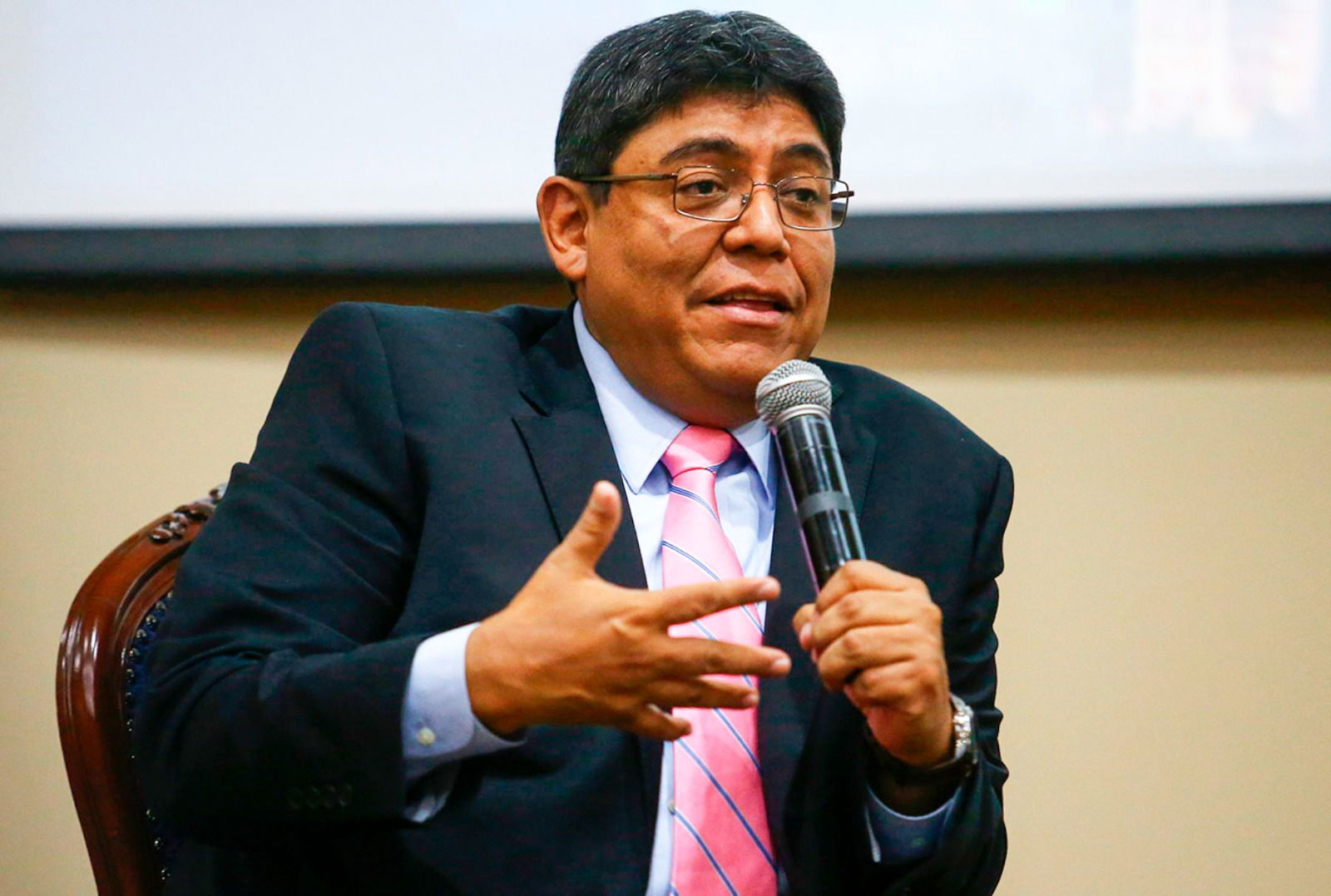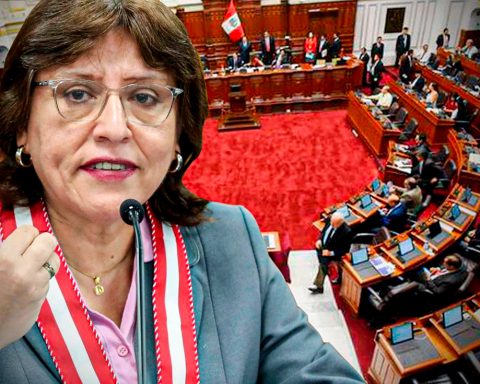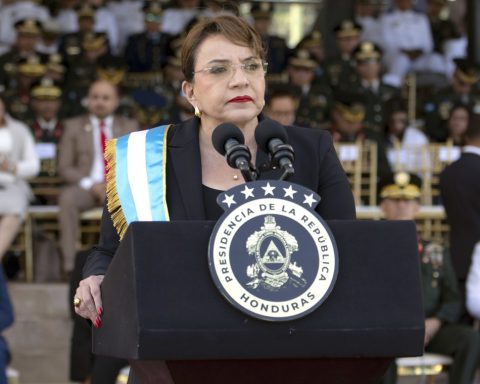The fiscal cost of the pension system reform approved by the Congress of the Republic would be located between 0.19% and 0.33% of the GDP additional between 2024 and 2070, which would not jeopardize the sustainability of public finances, according to the report “Analysis and estimation of the fiscal cost of the law to reform the Peruvian pension system”, prepared by Macroconsult.
LOOK: The private sector must finance campaigns to avoid dirty money
“The analysis was carried out on a base reform, with various scenarios (from average returns of 6.5% to 5.5% and with massive incorporation of pensioners to Pension 65 at different speeds). In a more conservative scenario, the average annual marginal fiscal cost of the reform would amount to 0.33% of GDP,” the consultancy explained.
According to Elmer Cuba, a partner at Macroconsult, keeping the pension system unchanged means leaving aside 50% of the population over 65 years of age in 2024, this figure would increase to 70% of the older adult population in 2070, with the aggravating factor of poverty in old age.
In this context, according to the report, the reform will allow for gradual coverage of the entire Peruvian population. Thus, in a baseline reform scenario, it is projected that 47% of senior citizens will be part of the pension system in 2030; 59% in 2050; 90% in 2060 and 100% in 2070. In other words, in 2070 all senior citizens would enjoy a pension.
However, if the current system is maintained (which faces extraordinary withdrawals of contributions and in which not all of the non-retiree population has access to mechanisms such as Pension 65), coverage would drop to 45% in 2030, 33% in 2050, and 29% in 2070. “The factors behind the increase in coverage that the reform would generate are the closure of Law 95.5 (which grants the possibility of requesting the delivery of up to 95.5% of the total of an individual capitalization account at the time of retirement) for those under 40 years of age and the consumption subsidy,” he said.
Regarding pensions, at the end of the analysis period (year 2070), these would reach an average of S/ 860 among the elderly population (with 100% coverage, which includes a greater scope of the Pension 65 program). If the current system is maintained, the average pension at the end of the period would be S/ 510 for people within the system, and S/ 150 considering zero pensions for elderly people not covered by the system.
“It is a cheap pension reform and care has been taken to ensure that it does not represent a large fiscal cost for the State. In addition, these benefits are added to the fact that the closure of extraordinary withdrawals has a positive impact on the level of GDP of up to 1% in 2030,” he added.
More competition
The reform of the pension system, approved by the Congress of the Republic, provides –among its main points– the incorporation of banks and other financial entities supervised by the Superintendency of Banking, Insurance and AFP (SBS), such as savings banks, financial institutions and insurance companies, into the private pension system to manage funds.
Pension for consumption
It also creates the “consumption pension”, through which people, whether or not they are affiliated with the private or public system, may allocate 1% of their consumption to their pension funds – credited with proof of payment – up to a maximum of S/ 41,200 per year (eight UIT), in individual purchases that must not exceed S/ 700.
Minimum pension
In turn, it sets a guaranteed minimum pension of S/ 600 in the private system, similar to that already received by members of the Pension Normalization Office (ONP). To obtain this benefit, the member must make 240 contributions (20 years), regardless of the amount allocated to his fund monthly. If the accumulated fund is not sufficient to reach the pension of S/ 600, the State will finance the remainder; while those with a larger fund will receive a higher pension.
Commission for performance
On the other hand, the initiative adds an option to the administration fees charged to members, which until now were only two: by balance or by flow. This is the commission for performance or results, which will depend on the level of profitability of the contributor’s fund.
RECOMMENDED VIDEO
















